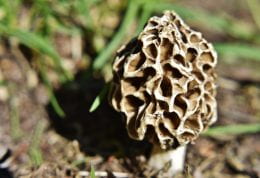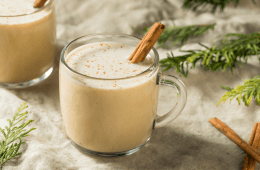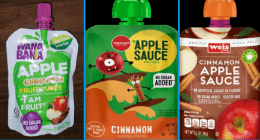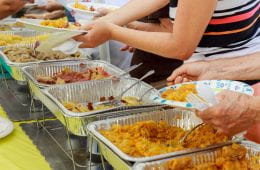
All food, just like everything else in the world, is made of chemicals. What is important to remember is how much of a chemical is in food AND how much a person eats or drinks. Bottom line, it’s the amount that counts. Foods contain nutrients, which are chemicals and are important for a healthy, balanced diet.
Reading or hearing about chemicals in food, when combined with words like “toxic,” “extremely dangerous” and “cancer-causing” may be scary, especially if you aren’t getting all the facts.
Here are a few points to help you navigate information about chemicals in food:
- More complete information from a credible medical and scientific source would likely explain how much of the chemical is in the food, how much of a food someone actually eats or drinks and whether the chemical is present at a level that is harmful to people.
- Chemical names may sound complicated but that does not mean they are not safe. Some may be ingredients you are familiar with. For example, tocopherols are vitamin E, sodium chloride is salt, and dihydrogen monoxide is water.
- Some chemicals safely used in food may have other non-food uses. For example, vinegar is used as a household cleaner but also is used in small amounts in food. If used in food, a chemical must meet the FDA’s safety standard.
You have choices to make. Eat a variety of nutrient-dense foods to have a well balanced diet.
Learn more at https://www.fda.gov/consumers/consumer-updates/food-safe-if-it-has-chemicals
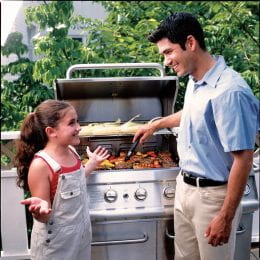
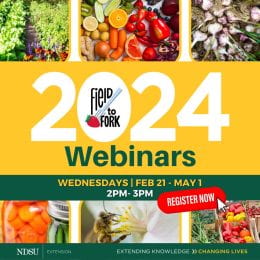 There’s still time to sign up for the
There’s still time to sign up for the 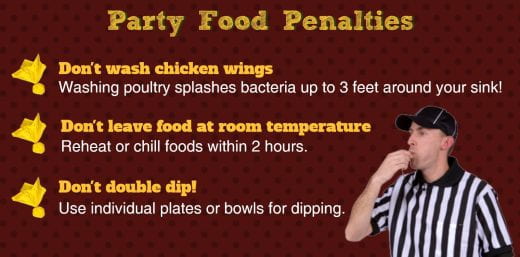
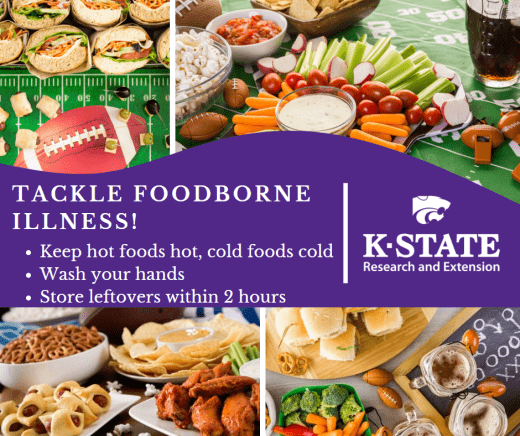
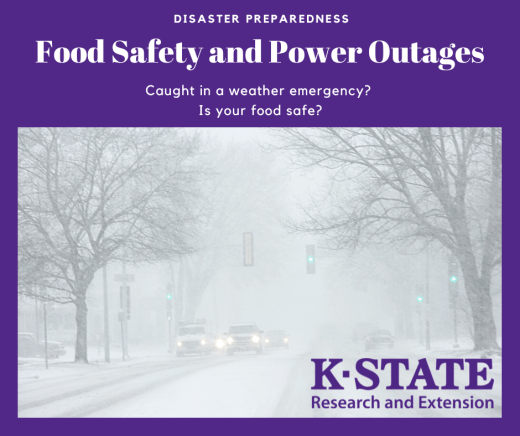 Recent cold weather has created challenges for all of us. Power outages can lead to many problems. If you have canned foods, either home canned or commercially canned, in a storage location that froze, what can you do?
Recent cold weather has created challenges for all of us. Power outages can lead to many problems. If you have canned foods, either home canned or commercially canned, in a storage location that froze, what can you do?